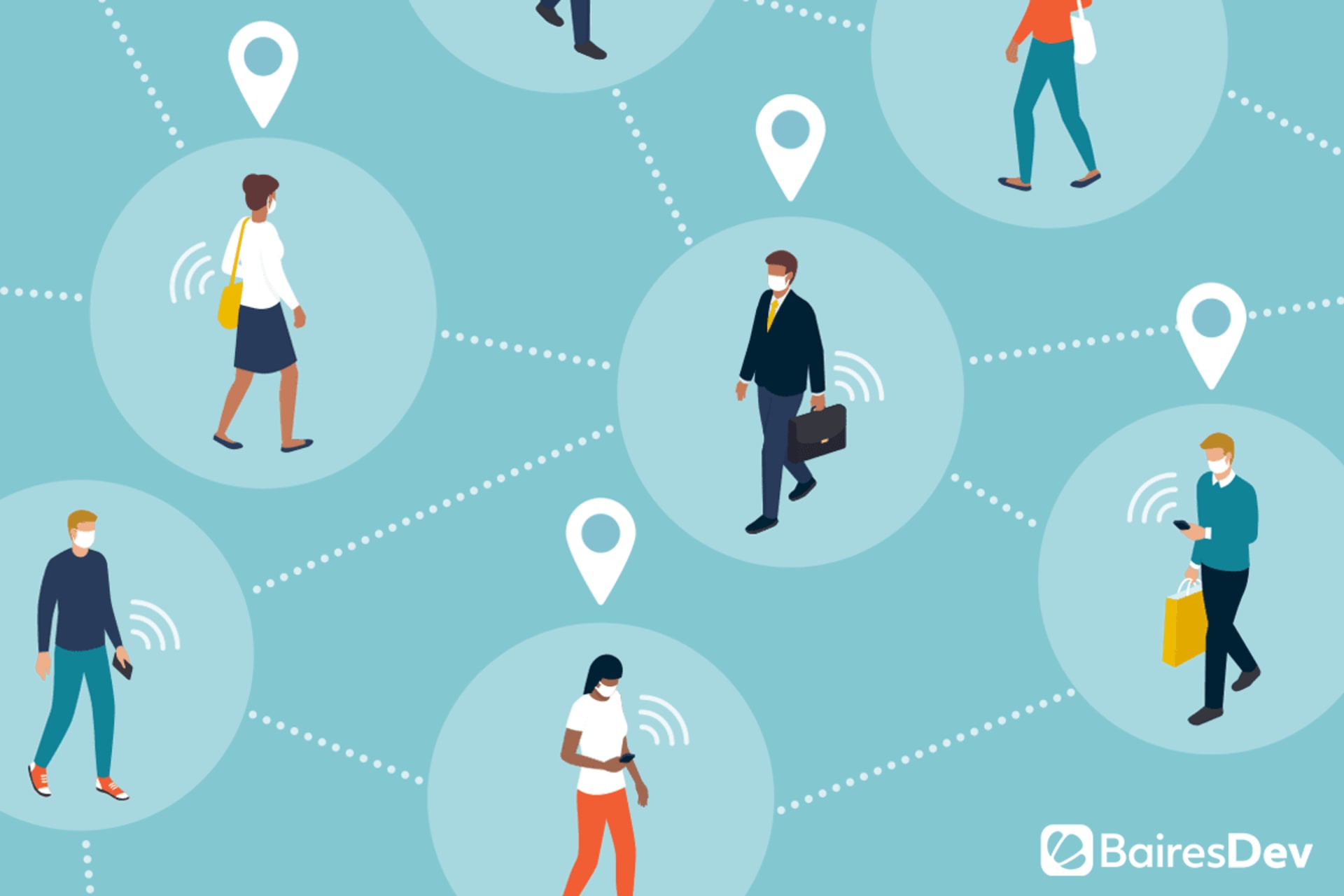The sweeping impact of COVID-19 has left no stone unturned. It’s hard to think beyond the pandemic — even as countries and states begin to reopen, surges in infection rates have left many feeling vulnerable and anxious about moving forward.
But the fact remains that we will get to the other side, and the world will more than likely look very different than how it did before. One essential service that will transform, both in terms of operations and demand, is software delivery and technology.
An Increased Need for Software Delivery
During the pandemic, operations have transformed across industries. The answer to different ways of doing things is usually software. It’s the force behind the video-conferencing technology many of us are using for meetings, the means for increasing the production of essential goods like personal protective equipment (PPE) and groceries, and much more.
Many industries will continue to rely on software in a post-COVID-19 world. In finance, for example, consumers will probably seek out digital, fintech methods of completing transactions, banking, applying for loans, and so on, rather than visiting brick-and-mortar locations.
Those who build software will need to devise new methods of meeting this demand across industries to, in turn, help those businesses respond to their own customers.
A Reliance on Outsourcing
With shrinking budgets, the increase of remote working, and an unmanageable overload for many essential organizations, there will be an increased reliance on software development outsourcing. Now is the time for business to turn to outsourcing models to meet their needs, whether to account for supply shortages, cope with turnover within their companies, or other reasons provoked by the COVID-19 pandemic.
Outsourcing may be new to many businesses that have typically performed most or all operations in-house, so both teams will need to adjust expectations and working styles accordingly.
Training for Remote Collaboration
Previously, business personnel typically had some face-to-face time with their developers, even if they worked with an outsourcing partner. If you worked with a nearshore development team, for example, the physical proximity made it relatively easy to meet the software engineers who would help bring your product to fruition.
Now, in-person collaboration is, for the most part, off the table. In order to make the software delivery process effective, businesses will need to train employees to work together and with outsourcing teams to ensure they are communicating well and productively and confirming that they are articulating goals and objectives. This will involve leveraging communication tools, as well as creating a solid strategy.
Greater Efficiency
During the pandemic, many businesses may have encountered productivity hiccups as employees adjust to working from home and leaders strive to meet the needs of workers who are dealing with far greater obstacles than just their jobs. Software delivery must contribute to increased efficiency, rather than serve as another bump in the road.
Overall, efficiency will be emphasized as the world moves forward in a post-COVID-19 landscape. Because it will often be impossible to meet colleagues and partners in person, everyone — from outsourcing teams to coworkers to managers — must collaborate, communicate, and work efficiently and productively, while still building quality software.
Specialized Skill Sets
Given all the changes we’re currently experiencing and those on the horizon, businesses must seek out developers with specialized skill sets. This will help them achieve the above qualities — efficiency and others — while creating new, innovative products. This, in turn, will allow them to respond to changing demands from the public.
If you don’t have the requisite skill sets among your employee base, why not look outside of your company — even outside of your country? Again, this may mean outsourcing — casting a global net to find talent that isn’t necessarily available next door and working with other teams on a project-by-project basis.
However, this is an important aspect of the software delivery process in a post-pandemic environment, where innovation will matter even more than it does now. Moreover, considering a dwindling lack of resources, including funding thanks to the economic crisis, businesses must leverage unique talent by hiring individuals who can build quality products on a budget.
An Emphasis on Client Satisfaction
Client satisfaction has always been a priority when it comes to custom software development and delivery, but in this new landscape, it’s even more imperative. Greater difficulties and minimized contact mean that organizations need to get it right the first time with less back-and-forth negotiation.
Additionally, because everyone is suffering from the economic impact of the global pandemic, software developers must meet the needs of their clients in order to retain them in the future. They have to be part of the solution and avoid contributing further to the crises many businesses are facing. This means that businesses can expect to receive services based on strong outcomes.
As they have been all along, software development teams will also have the end-user in mind when building products, even if it’s not the client for whom they’re working. In a world plagued by an escalating pandemic, everyone is relying on digital tools to cope, and the competition among developers is fierce — so they’ll be bringing their A-game to every product.
Software is no longer “nice to have” — it’s now critical for every organization of every type. And just like practically everything else, it will be transformed in the post-COVID-19 landscape. Both software development teams and the businesses themselves will be forced to take a hard look at the operations and form a solid strategy to consider how to effectively deliver quality software in this new age.
At the end of the day, software delivery is about making people’s lives easier. Considering all the challenges everyone has been facing, development teams and organizations alike will be searching for ways to ease the burden the pandemic has placed on all of us.







